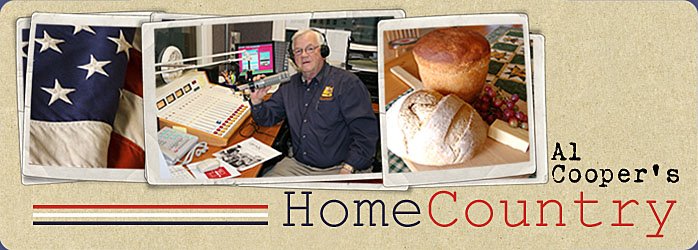In truth, apples filled a primary niche in the colonial food chain because of the everyday need for the “cider” which could be pressed from this juice-laden fruit. European settlers brought with them a widespread and well-founded distrust of drinking water; water being believed to be the source of almost all sickness and disease. (In fact the reason the “Pilgrims” came ashore at Cape Cod arose from the end of their shipboard supply of beer – a “safe” beverage made from fermenting grain).
In the 1700s a typical Pennsylvania family put up fifteen to forty barrels of cider each year, and in order to claim a “homestead” in colonial Virginia, a settler was required first to plant an orchard. Everyone drank cider as a basic beverage, first from fresh pressings, and long term because of the natural fermentation process which gave it a long shelf life, reaching across a long, often-bitter winter to a new spring.
The qualities looked for in a cider apple included juiciness, a balance of sweetness and tartness, and a high tannin level. Very few apple varieties possess enough of these qualities to be a great stand-alone cider apple, unless you count Tremblett’s Bitter, Kingston Black or New Foxwhelp, still grown in England. In fact, the U.K. lays claim to “The Long Ashton Research Station” in Bristol, England, where the continued pursuit of the perfect cider is still ongoing.
In the U.S. today’s serious cider-makers usually go for a combination such as a Red or Gold Delicious for sweetness, Jonathan or Winesap for tartness, and a crab apple such as Hysop for a touch of tannin and color. One of New England’s best makers uses a blend of up to 13 varieties with McIntosh playing the lead role. Among the heirlooms still around, the Golden Russet would probably be regarded as the finest single American cider apple of all time.
When it comes to apple pie, some of the same qualities apply, but with great weight being given to cooking characteristics. The most desired pie apples are those which retain their shape in cooking, refusing to turn mushy. My first choice is Newtown Pippin, with Red Astrachan and Northern Spy close behind. Among supermarket varieties available today, we would combine Golden Delicious, Rome Beauty, and either Gala or Jonagold. Our basic rule always calls for a mix of three varieties. And given our Vermont roots, a piece of apple pie is always accompanied by a wedge of well-aged white cheddar cheese warmed to room temperature.
For drying, I prefer Wealthy, Gravenstein, Wolf River, or – in a pinch – Golden Delicious. It takes a high flavor level to survive the drying process, and many of the “old timers” favored in the past are no longer available.
For eating out of hand, the decision is highly personal. Of the newer choices available today, I give high marks to HoneyCrisp, Jonagold, Fuji and Mutsu. Among the heirlooms, I vote for Spitzenburg, Bramley’s Seedling, Ashmead’s Kernel, Cox Orange Pippin and Golden Russet, to name just a small handful. So high on our list that we just today ordeerd a box of them from an Indiana orchard is the venerable Northern Spy, at one time the number three apple across America, and one of the few that is good in cider, supreme in pie, and a Prince among long-keepers. Why does such a gem fall from favor you might ask ? As so often is the case, the tree is not always an annual bearer, takes several years to enter production and does not take kindly to machine-picking and handling.
As I savored the seductive sweetness of a Pitmaston Pineapple, (a small, unhandsome but wondrously-blessed apple of English origin), recently, I thought of the challenge to language faced by anyone attempting to find words to describe taste. Thus apple tasters employ such terms as: vinous; aromatic;sprightly;complex;pear-like;tangy;spicey;brisk;acidulous;winey;flowery as well as such standards as sweet, tart and acidic. The mouth-feel of an apple might be described as firm, crisp, snapping, breaking, crunchy or tender. And so, a lexicon as tantalizing as the alphabet itself, from an apple called Akane to another known as Zabergau Reinette tests both pallet and tongue.

A tiny apple with a long history shows up as an adornment on Christmas wreaths and decorations each year in December. America’s “Christmas Apple” is known as “Lady”, but in the France of King Louis XIII, it was “pomme d’Api”, and may even have been celebrated in ancient Rome itself.

An amalgam of 3 kinds of apples, cinnamon, nutmeg, sugar and tender, flakey crust, a hand-crafted apple pie has distinguished the American dessert table since colonial times.
Al Cooper Photos









